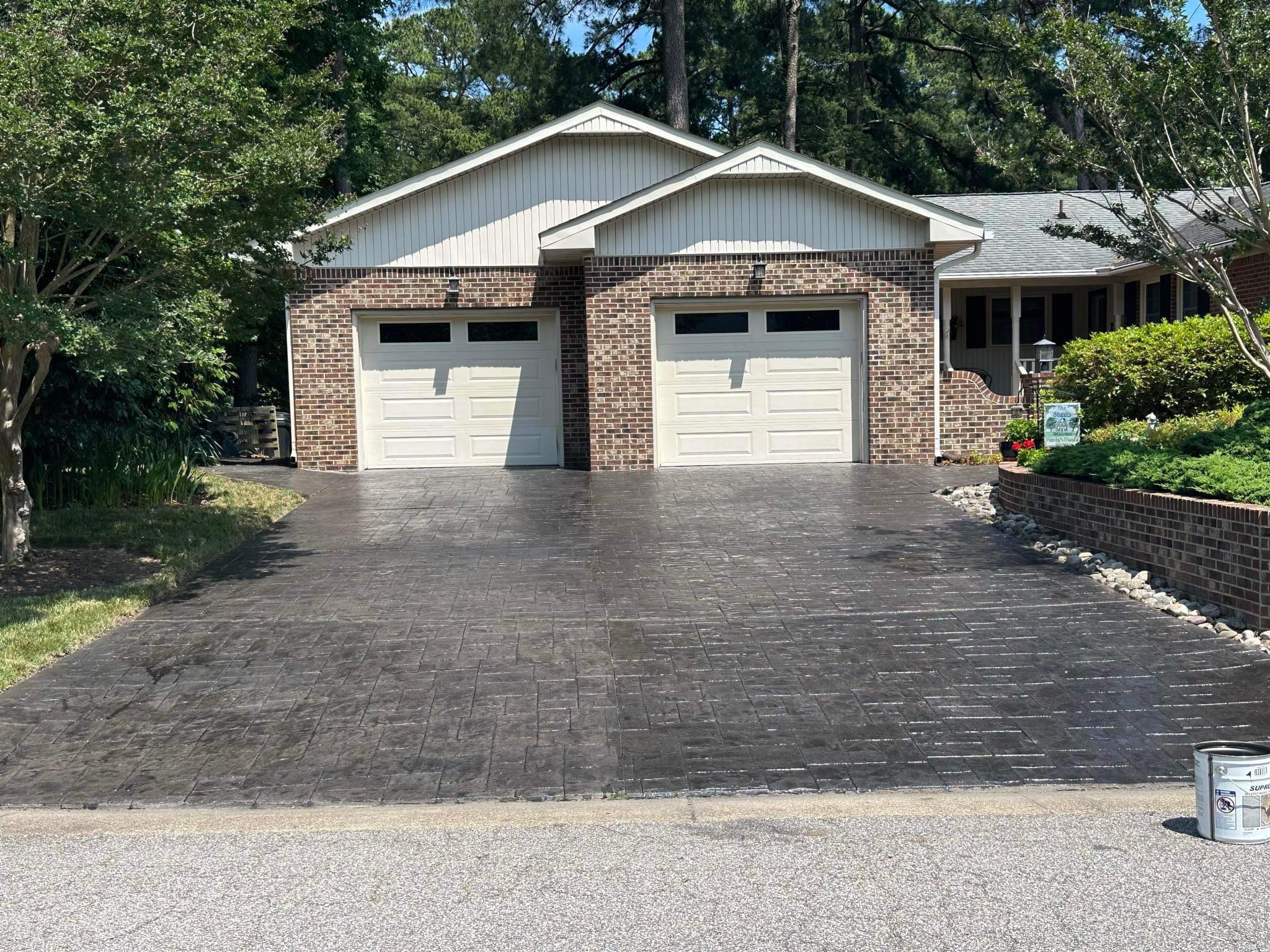
Revolutionizing Urban Landscapes: The Role of Concrete in Modern Architecture Oct 05, 2025
Concrete has evolved from a mere construction essential to a vital design element that helps shape our urban identities. As cities expand, the demand for sustainable and flexible building materials increases, paving the way for concrete to take center stage. With properties that boast durability, affordability, and adaptability, concrete is no longer confined to the utilitarian structures of the past. Today's architects are leveraging its potential in unprecedented ways, crafting stunning buildings that marry form and function.
Modern architecture often seeks sustainability, and concrete is an ideal choice. By utilizing locally sourced materials and incorporating recycled components into concrete mixtures, companies like Contemporary Concrete Construction foster an ecologically responsible approach to urban development. This not only reduces the carbon footprint associated with transporting materials but also supports economic growth within local communities.
Moreover, advanced concrete technologies offer enhanced design capabilities, allowing for innovative architectural solutions. Through techniques such as pre-casting and high-performance mixes, architects can realize complex shapes and intricate details that were previously unattainable. This flexibility encourages a creative and bold approach to building design, which is crucial in developing vibrant, dynamic urban spaces.
Beyond aesthetics, safety and resilience are essential factors in the construction of modern cities. Concrete's proven ability to withstand harsh weather conditions and resist fire makes it a reliable choice for urban infrastructure. As climate change continues to influence building practices, the importance of materials that can endure natural disasters becomes increasingly significant.
Incorporating concrete into the urban landscape is not limited to buildings alone; it extends to the very fabric of city life. From roadways and bridges to parks and plazas, concrete serves as a foundation for connectivity and community engagement. As a material, it supports the creation of public spaces that bring people together and enhances urban mobility, contributing to the social vibrancy of cityscapes.
In recent years, there has also been a surge in demand for aesthetically pleasing urban designs that reflect cultural identities and modern lifestyles. Concrete's ability to be molded, textured, and colored makes it an attractive option for public art installations and recreational spaces. Through creative collaboration, Contemporary Concrete Construction helps cities express individuality and character while meeting the practical demands of an ever-growing population.
The role of concrete in modern architecture is undeniably transformative. It bridges the gap between the old and the new, enabling architects and builders to revolutionize urban landscapes while maintaining a strong, sustainable focus. As cities continue to evolve, concrete remains at the core of architectural innovation, supporting the harmonious blend of environment, economy, and society.
Concrete’s contribution to urban development is multi-faceted, underpinning everything from towering high-rises to the nuanced details of a city’s streetscape. Guided by expertise and forward-thinking vision, companies like Contemporary Concrete Construction are leading the charge, ensuring that concrete continues to be a cornerstone in creating future-ready cities.
In conclusion, concrete's role in shaping modern architecture is undeniable. As design standards and environmental considerations evolve, its value will only increase. With visionary companies investing in sustainable practices and innovative technologies, concrete is poised to play a pivotal role in the ongoing transformation of urban landscapes. Through continuous innovation and strategic implementation, the future of concrete in modern architecture looks promising, ensuring that our cities thrive in both form and function.
/filters:no_upscale()/filters:format(webp)/media/da5cd99d-4756-4f12-9f82-1eba8b0f6f3f.jpeg)
/filters:no_upscale()/filters:format(webp)/media/edaab2e5-82c9-4d03-9690-c24e247e500f.jpeg)